There are so many varieties of microcontrollers and Linux installations (angstrom, debian, uCLinux, ...) that the first place to start is with your microcontroller demands...
3 buttons, a camera module, and some earpieces
Buttons and LEDs are GPIO pins and should be easy to accomodate on any processor.
Choose an IC with built in camera and audio support (Atmel 9261 and the TI DaVinci series come to mind but there a lots that have this).
How will you send the earpieces data? SPDIF? I2S? I8S? Analog out?
Look into the battery requirements. How much power will your circuit draw? What voltages are required? What microcontroller low power modes do you need? How long will your device run? Do you need a rechargeable battery? What is the working life of the device? What is the standby life of the device? Will you also be able to line power the device?
Once you have made your processor choice, the selection of a Linux kernel will likely be limited to the processor selected.
